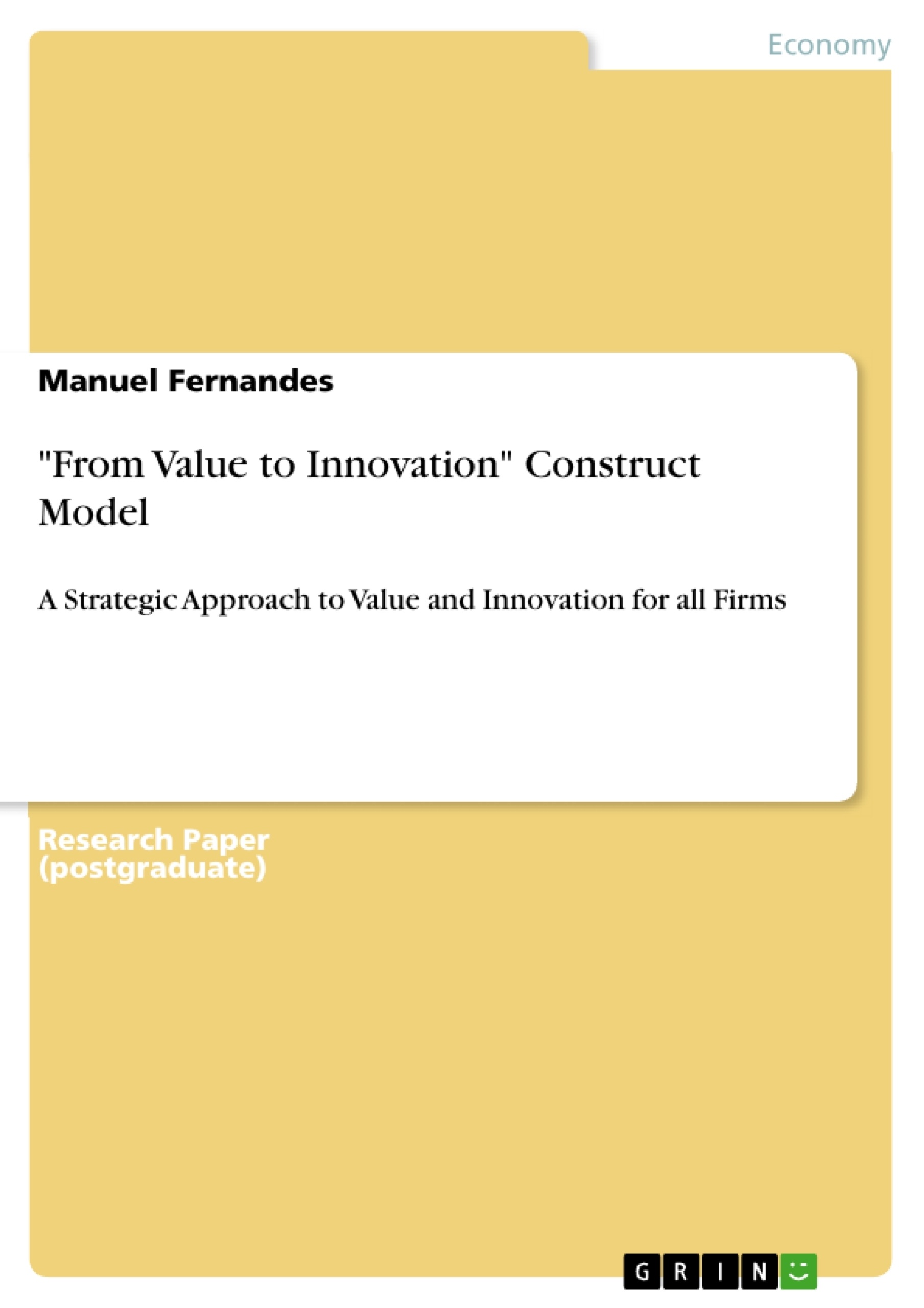Current existing business simulation and diagnosis models only consider a reduced number of factors or variables, most only two variables represented by 2x2 matrices, not linking multiple existing factors and variables related to the business environment in order to deliver a final and single output, which could be used as the core indication for the decision-making process. That has led to an important question: How can information represented in multiple 2x2 matrices be reduced to a single representation? Or, in other words, can we interconnect two or more 2x2 matrices and create a new matrix that represents all variables in place?
Initially, the practical research work, which served as the base for this paper, focused on existing quantitative models of two and more variables and on theirs final delivered output. As none of those models proved to be capable of producing a final single output when considering more than two variables, the practical research derived to the tentative of finding a mathematical model that could integrate multi-variables and produce a single final output.
The proposed models in this paper will provide decision makers with single pieces of information, which have unique and unmistakable meanings, eliminating confusion and potential error at the moment of decision-making. The concept has been used in a software application dealing with multiple variables represented in different 2x2 matrices (3 or 5) and reducing all those variables to a single positioning in a final 2x2 matrix. Therefore, the proposed models provide a new view and understanding of the decision-making process, reducing multiple variables to single pieces of information, facilitating and easing the decision-making process.
The DynamicMAP software will provide practitioners and scholars with a pragmatic tool to determine product value and its relation to strategy. It will help also those in determining the innovation’s value creation path. Connecting this information with strategic thinking and planning will reduce risk and help avoiding failure.
Inhaltsverzeichnis (Table of Contents)
- Introduction
- Literature Review
- The MAP (Moving along Alignments and Paradoxes) Model
- Introduction to the MAP Model
- The MAP Model's Contribution
- Application of the MAP Model
- The VBI (Value Based Innovation) Model
- Introduction to the VBI Model
- The VBI Model's Contribution
- Application of the VBI Model
- Conclusion
Zielsetzung und Themenschwerpunkte (Objectives and Key Themes)
This paper aims to present practical strategic and innovation models for top management and scholars, simplifying the decision-making process and providing clear guidance for entrepreneurs and managers. The models aim to validate the strategic use of innovation as a means to increase value creation.
- Value creation through innovation
- Strategic decision-making process
- Visual models for business strategy
- The role of value analysis in business strategy
- The impact of innovation on the business environment
Zusammenfassung der Kapitel (Chapter Summaries)
- Introduction: This chapter introduces the paper's purpose and aims to present practical models for strategic and innovation decision-making, addressing the need for clear and simple decision-making tools within the business environment.
- Literature Review: This chapter reviews existing literature on business strategy, value creation, and innovation. It analyzes different perspectives on these concepts and highlights the need for a model that integrates value and innovation within a strategic framework.
- The MAP (Moving along Alignments and Paradoxes) Model: This chapter introduces the MAP model, a visual tool designed to provide a clear definition of any business strategy based on different variables. It explains the model's structure, its contribution to understanding the complexities of business decision-making, and its practical applications.
- The VBI (Value Based Innovation) Model: This chapter introduces the VBI model, a visual tool focused on defining the appropriate value curve for innovation. It describes the model's structure, its role in identifying the most suitable innovation types and scopes, and its application within an organization.
Schlüsselwörter (Keywords)
The key terms and concepts explored in this paper include dynamic models, business strategy, value-based innovation, decision-making, value analysis, and market needs. It examines how these elements interact within the context of a changing business environment.
- Citation du texte
- Manuel Fernandes (Auteur), 2011, "From Value to Innovation" Construct Model, Munich, GRIN Verlag, https://www.grin.com/document/178703



